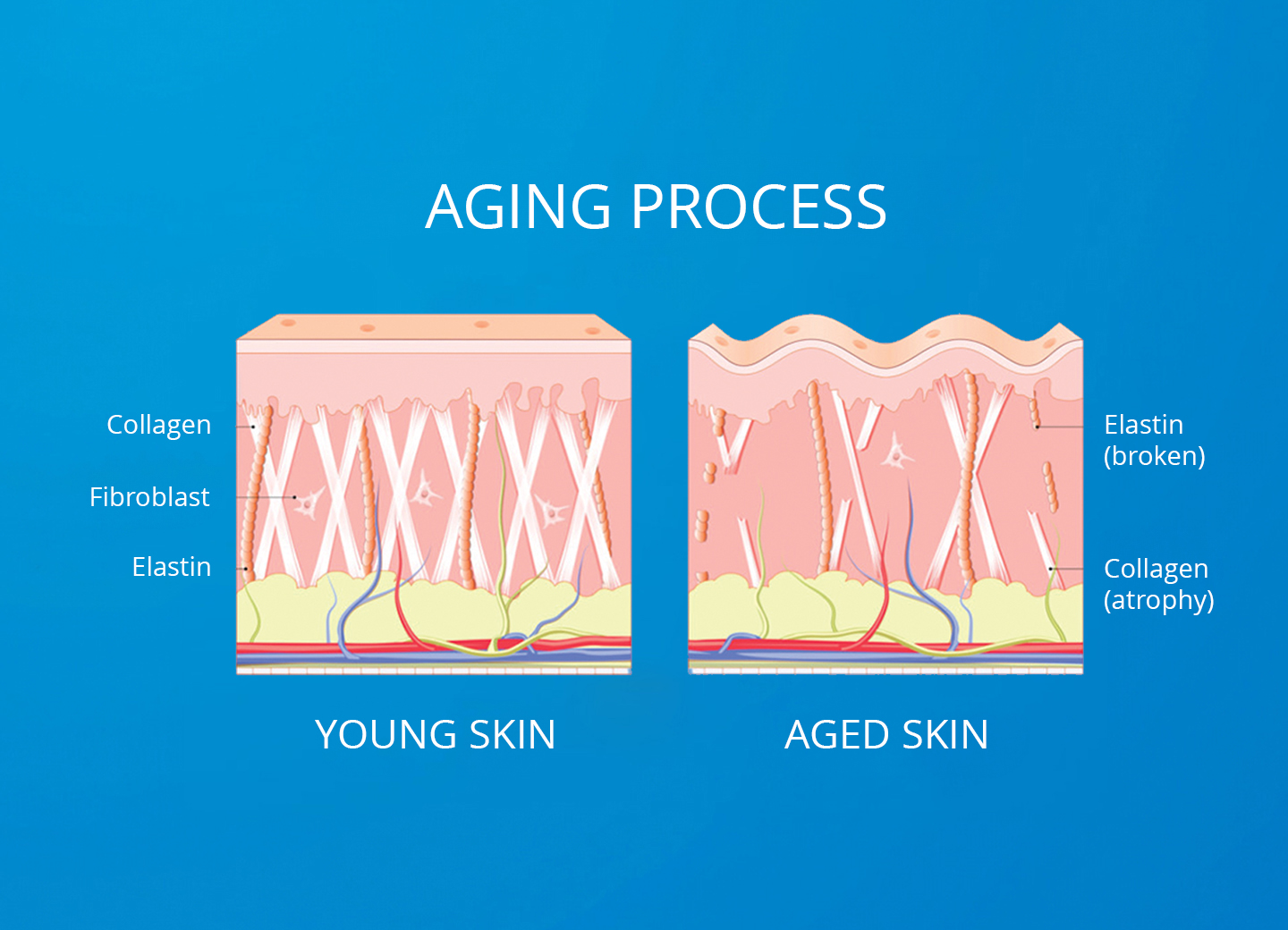What is a Fibroblast?
A fibroblast is the primary cell of connective tissue and has a flat, elongated, and oval shape. It can have 1-2 nuclei, its cytoplasm is extended, and like all cells, it has very important roles in the organism. One of the most crucial roles is to form the structure in which the cells are located. Specifically, the intercellular structure that gives the skin its brightness, softness, and elasticity is composed of collagen and elastin. The fibroblast’s task is to produce these substances, which are extremely important for the skin. Another important function of the fibroblast is to activate the organism’s healing system when there is an injury to the skin.
What are the Clinical Uses of Fibroblast?
- In aesthetics:
- Nasolabial folds
- Upper lip lines
- Décolleté lines
- Dimple treatment
- Wrinkle treatment
- In skin cracks (strech marks),
- In case of tissue loss due to accident or birth,
- In wounds that do not heal due to chronic ulcers,
- In acne scars,
- In chickenpox scars,
- In periodontal practices in dentistry,
- It is a treatment method used in Europe and America in many areas such as baldness treatment.
After the Age of 25, Fibroblast Cells Begin to Decrease in Everyone, Leading to Wrinkles and Sagging. Young and fresh fibroblast cells injected into the skin become active in the treated areas and produce collagen and elastin. They exhibit a strong anti-aging activity, meaning they prevent aging, tighten the skin, and rejuvenate it.
How is Fibroblast Treatment Applied?
A small piece about the size of a lentil (3-4 mm) is taken from a part of the skin that does not see the sun, such as behind the ear, in a way that does not disrupt aesthetics. These fibroblasts are sent to a laboratory approved by the Turkish Ministry of Health. Additionally, serum is separated from the blood taken from the individual and placed in a culture medium. As a result of the culture, fibroblasts are multiplied sufficiently. The multiplied fibroblasts are sent to the patient’s physician, who injects them into the necessary areas of the body using a very fine needle. This treatment is typically performed in 2-3 sessions at specific intervals. Between treatments, the harvested fibroblasts are frozen using a special technique and stored in liquid nitrogen at -196 °C.



